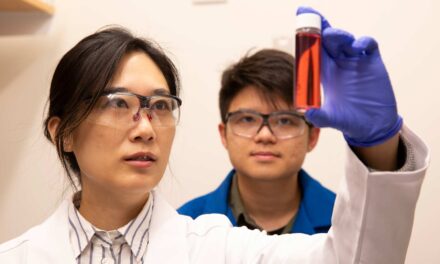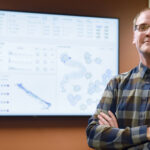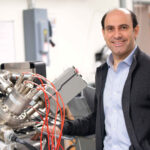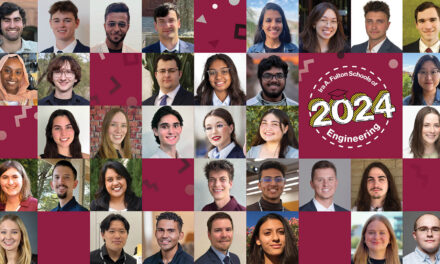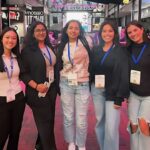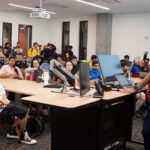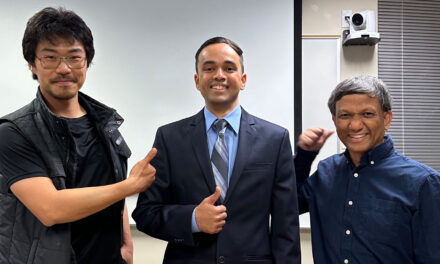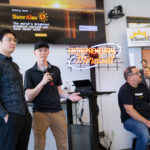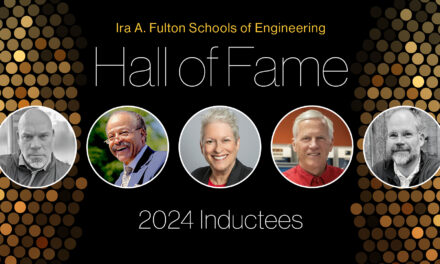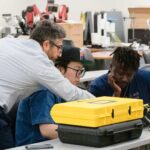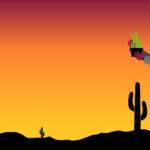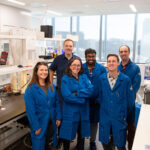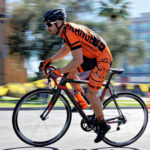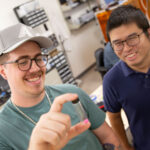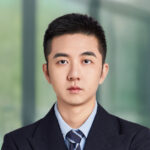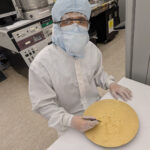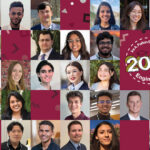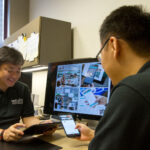
Innovation at work: ASU students conduct impactful research in armor coatings, additive manufacturing and rehabilitation
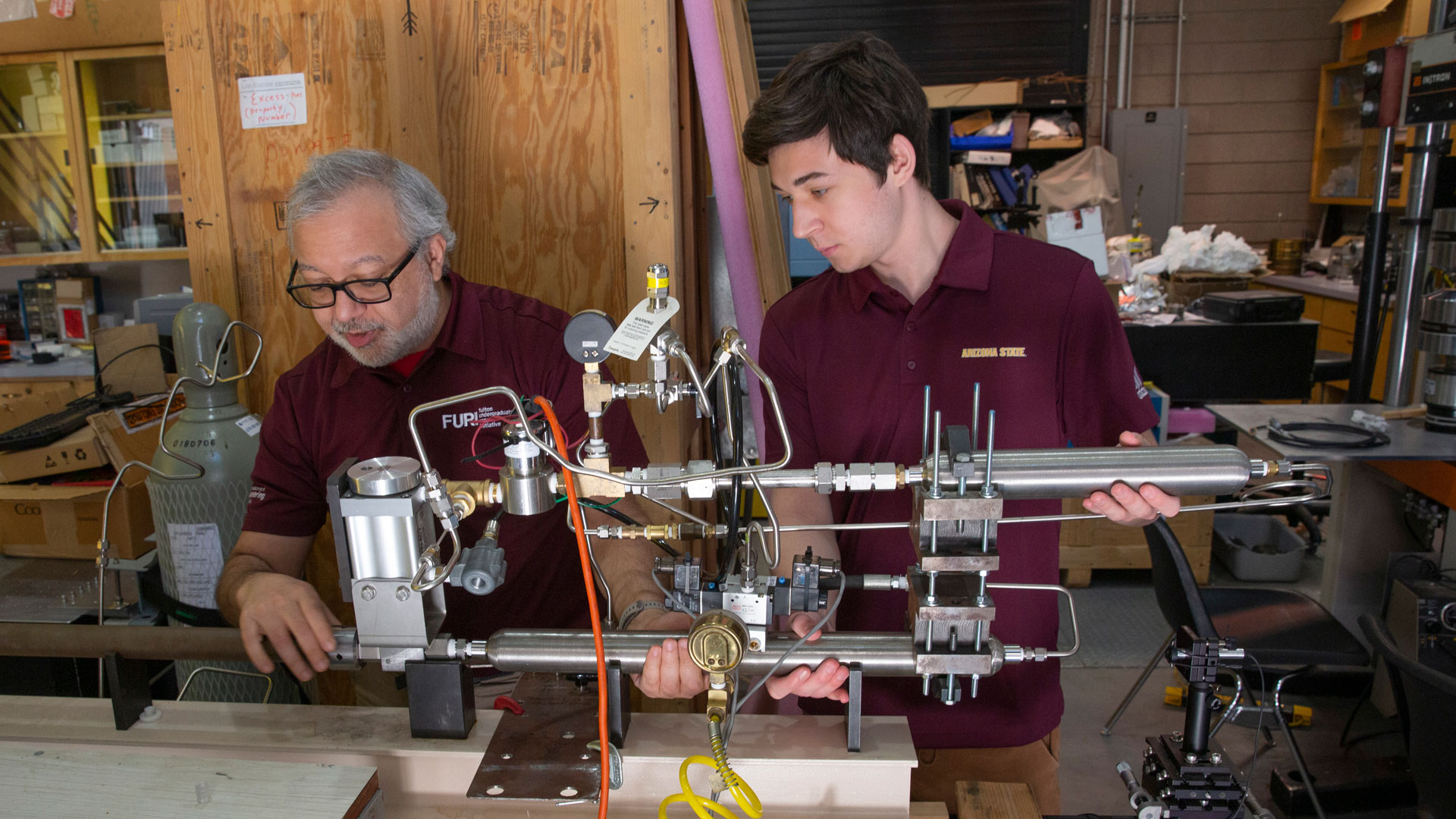
This article is part two of a two-part series highlighting student researchers and faculty mentors presenting at the Spring 2022 FURI Symposium on April 22. Read part one. Learn more about the symposium.
Developing new rehabilitative methods, testing next-generation armor coatings, helping farmers markets with data science and preventing battery degradation with additive manufacturing technology are just some of the ways students in the Ira A. Fulton Schools of Engineering at Arizona State University are making real-world impact through research.
Enhancing classroom knowledge with hands-on research is a signature part of the engineering experience at ASU through the Fulton Undergraduate Research Initiative, or FURI, and the Master’s Opportunity for Research in Engineering, or MORE, programs.
FURI and MORE student researchers spend a semester conceptualizing an idea, developing a plan and investigating their research question with a faculty member.
The Grand Challenges Scholars Program, or GCSP, also encourages students to conduct research projects related to their chosen National Academy of Engineering grand challenge theme.
These opportunities for Fulton Schools undergraduate and graduate students provide new perspectives for finding solutions in data science, education, energy, health, security and sustainability. Students also develop independent-thinking and problem-solving skills to support their future careers and higher education pursuits.
FURI, MORE and GCSP students are invited to participate in the FURI Symposium, an event held near the end of each semester in which student researchers present their findings in a poster session.
Learn about five Fulton Schools students who are participating in the Spring 2022 FURI Symposium. Meet these students and 115 other student researchers at the public event on Friday, April 22, 1–3 p.m. at the Sun Devil Fitness Complex on the ASU Tempe campus.
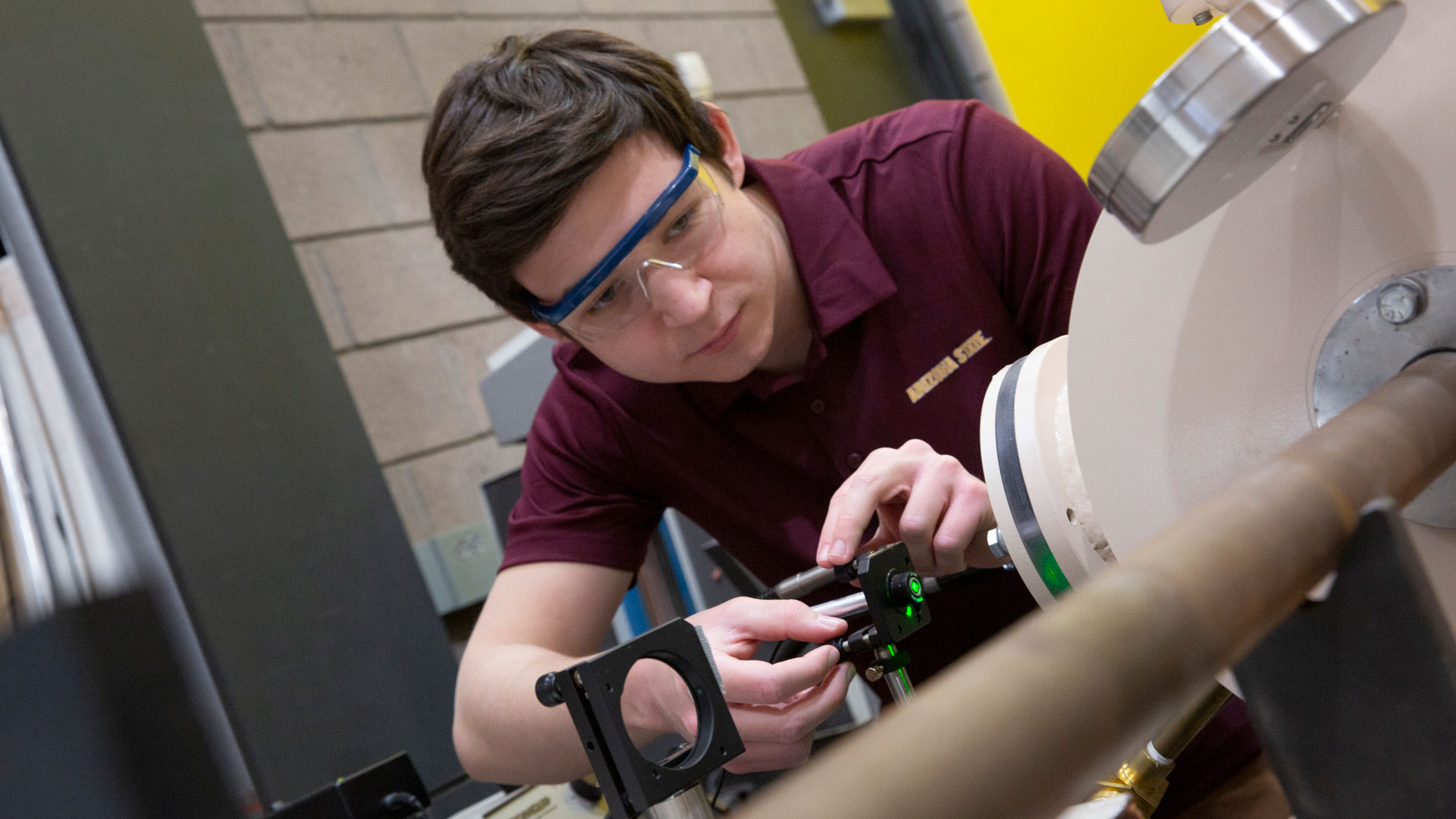
Photographer: Erika Gronek/ASU
Jake Trenter
Aerospace engineering junior Jake Trenter is studying how polyurea, an elastic and viscous polymer, reacts under compressive stress to see if it could be used as an armor coating. As a FURI student working with Professor Pedro Peralta, Trenter is learning about all the details that go into engineering research.
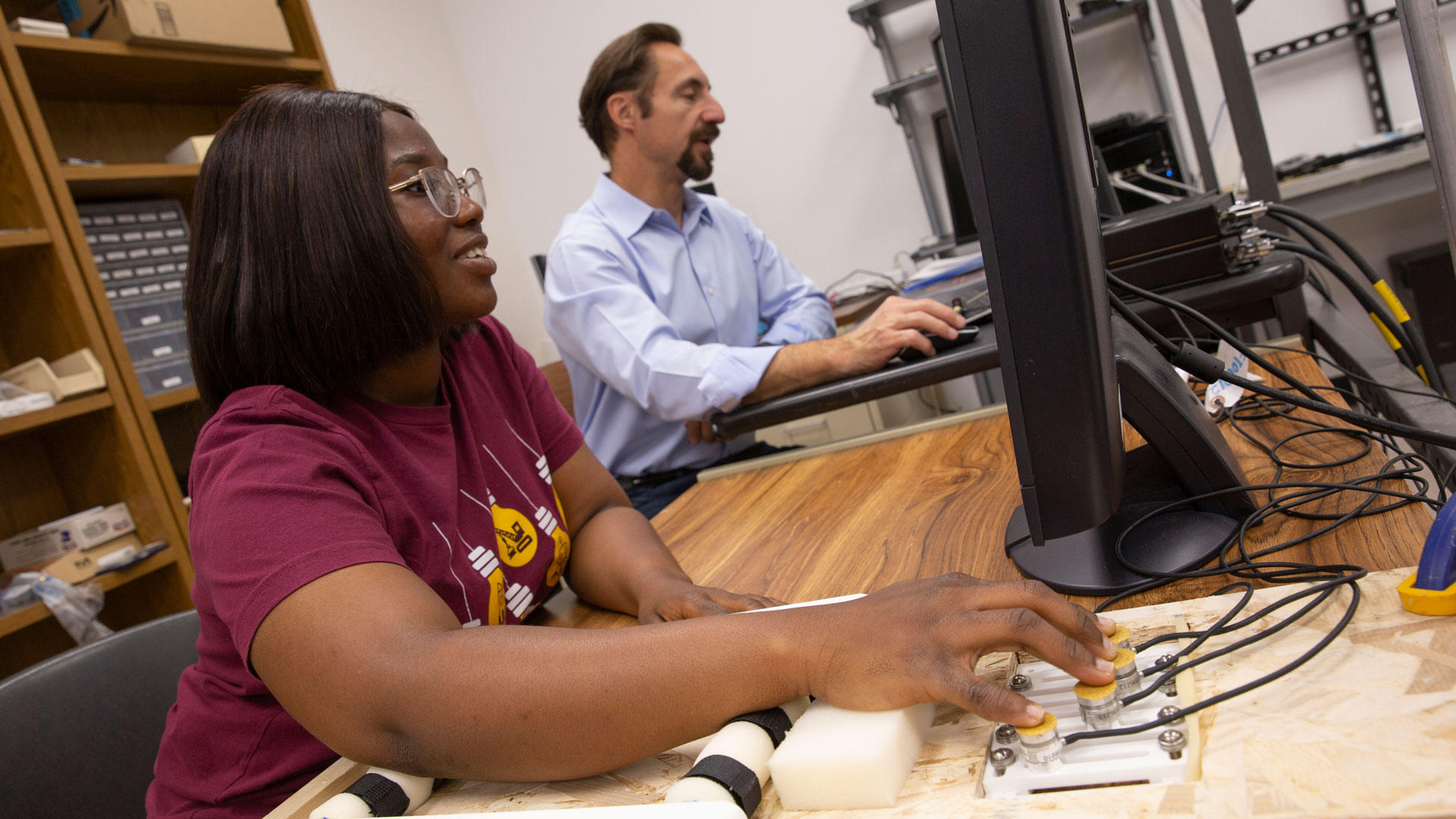
Photographer: Erika Gronek/ASU
Emmanuella Tagoe
Biomedical engineering graduate student Emmanuella Tagoe is developing a rehabilitative training method to help improve dexterous control of the fingers for people who have had strokes. Tagoe, a Mastercard Foundation Scholar, says the MORE experience of conducting research with faculty mentor Professor Marco Santello has been a fulfilling one.
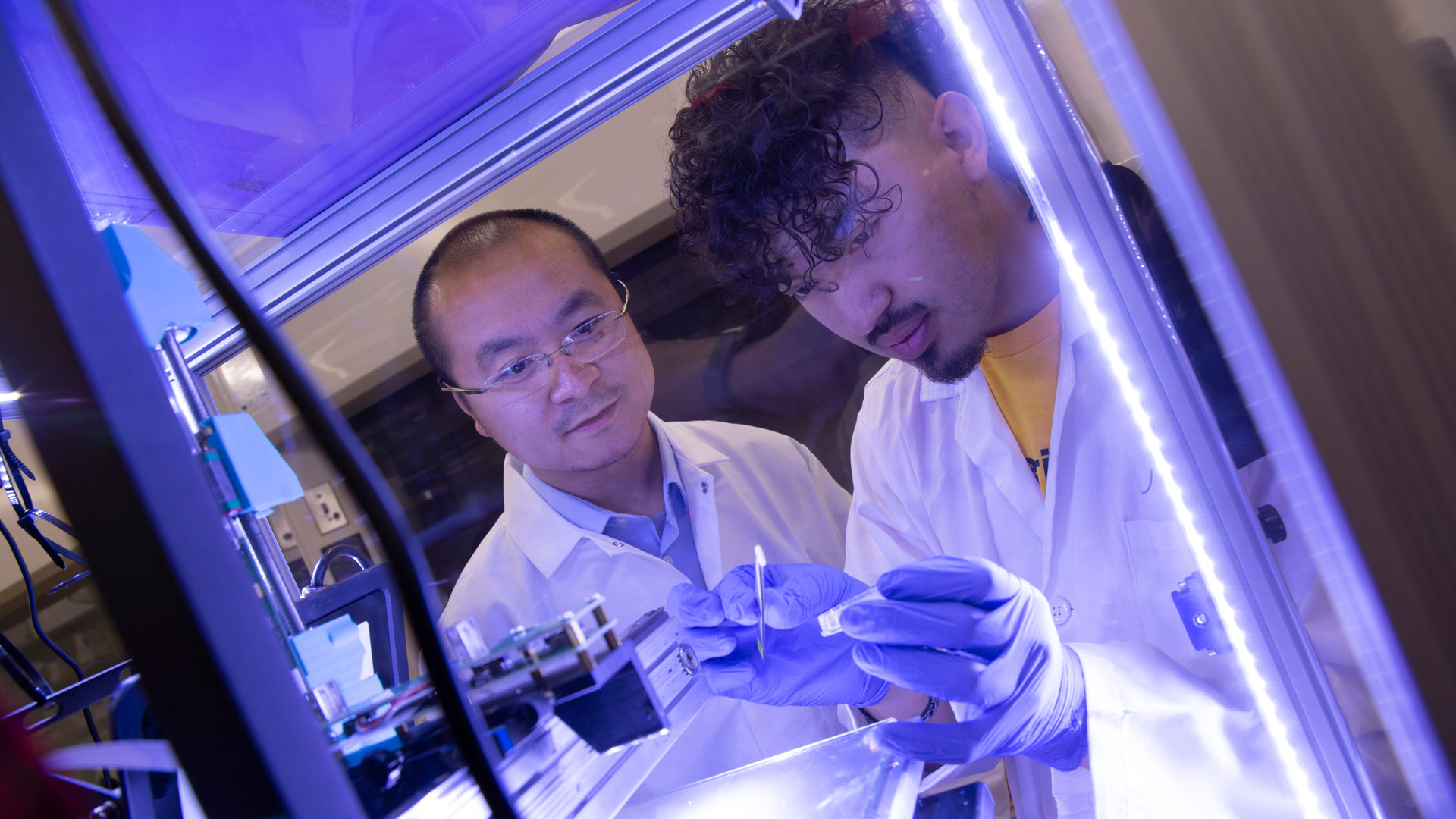
Photographer: Erika Gronek/ASU
Nathan Fonseca
Mechanical systems engineering senior Nathan Fonseca (pictured at right) is exploring additive manufacturing techniques to prevent degradation in solid-state lithium-ion batteries in a FURI project with Assistant Professor Kenan Song. Fonseca got involved in FURI for the opportunity to work on a sustainability-related project and get hands-on experience with state-of-the-art technologies.
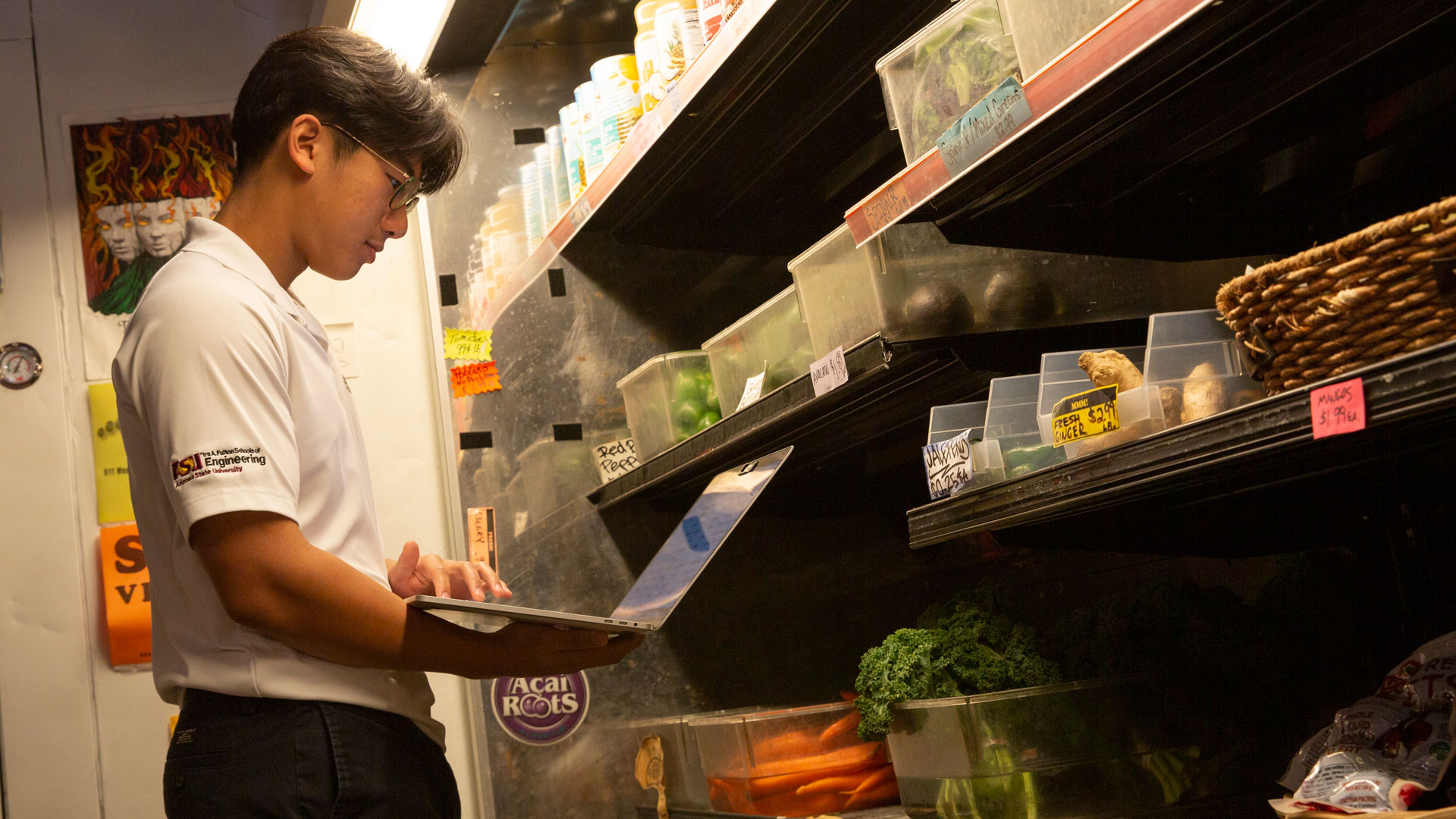
Photographer: Erika Gronek/ASU
Raphael David
Industrial engineering senior Raphael David explored how the financial models used by stock market managers could help optimize the revenue of farmers markets in Phoenix. He conducted this work in an interdisciplinary project with Lauren Chenarides, an assistant professor at the Morrison School of Agribusiness in the W. P. Carey School of Business at ASU, as part of the Grand Challenges Scholars Program.



